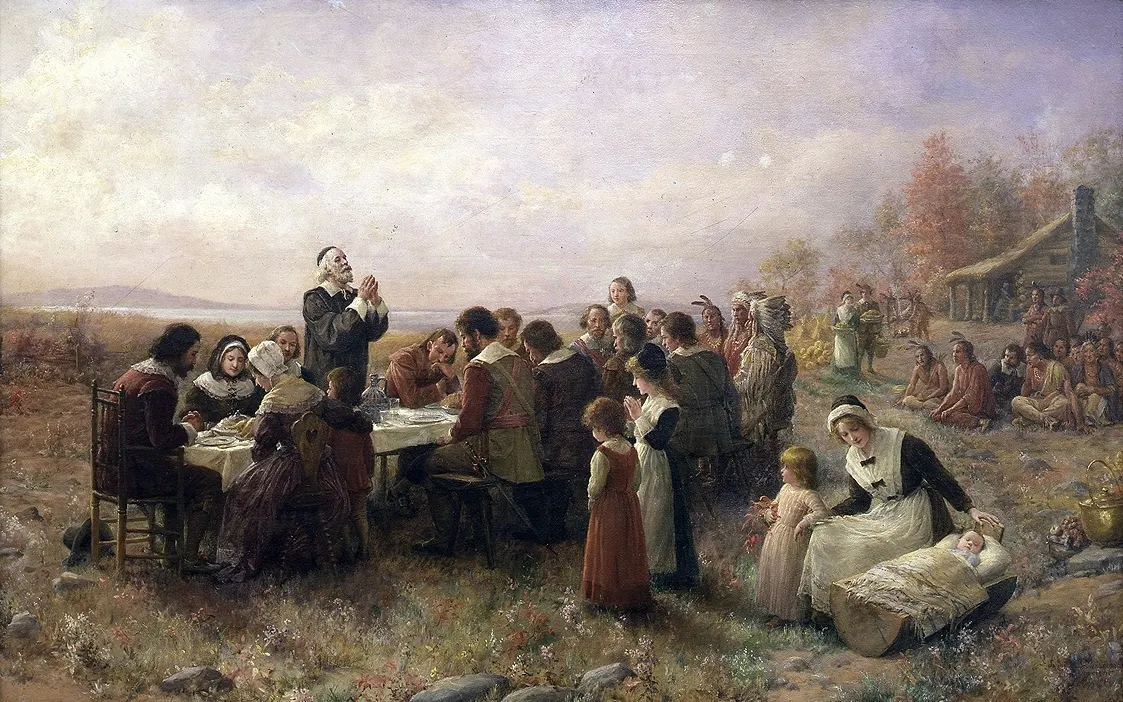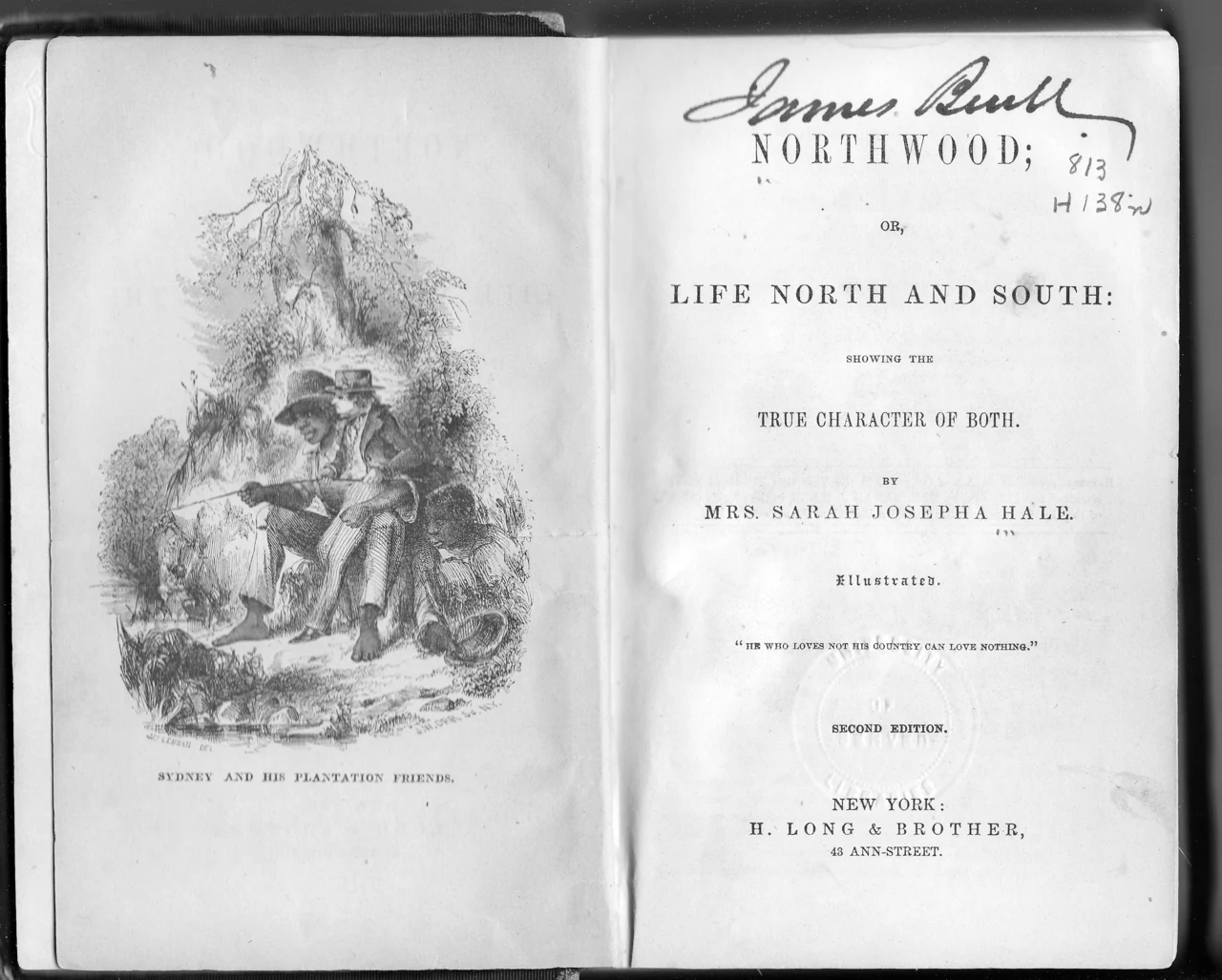Why do we eat turkey on Thanksgiving Day?
Thanksgiving Day is celebrated on the second Monday of October in Canada, the fourth Thursday of November in the United States and Brazil, the first Thursday of November in Liberia and the last Wednesday of November on Norfolk Island. A day to get together with the family, abandoning old quarrels and being able to talk in harmony about politics, religion, sex or death.
The origin of Thanksgiving is ancient, beginning during the Anglican reform of Henry VIII (1534) in opposition to the numerous festivities of the Catholic calendar, in which no work was to be done but expensive celebrations were to be paid. Although the reform of 1536 reduced the festivals from 95 to 27, not counting Sundays, the Puritans wanted to eliminate Christmas and Easter. Their answer was the Days of Humiliation and Fasting and the Days of Thanksgiving. The former would be a response to drought, floods, fires, military defeats or epidemics so that people would repent of the sins that caused God's wrath. Days of Thanksgiving would occur in the opposite situation, attending in response to the church and praising God's mercy. Guy Fawkes Day on November 5 became a day of Thanksgiving. Interestingly, this also replaced Halloween.
That said, if it originated in England, why is it traditional to eat turkey if
it is American? Popularly, the first Thanksgiving is considered to be the
first Thanksgiving meal shared between the Pilgrim settlers of the Plymouth
Colony and the Wampanoag Indians in late 1621. It is assumed that they ate
turkey, but the Indians brought venison, while the colonists contributed
poultry, probably geese or ducks, according to historians. It also included
fish and shellfish. Also, beyond a mention in a letter by Edward Winslow,
there are no other mentions of the meal in the 17th century, so it probably
wasn't considered a special act. And, although they had access to cranberries,
sugar for the classic cranberry sauce was a luxury. Also, it wasn't until 1663
that people in the area began to talk about a boiled cranberry sauce that
accompanied meat. On the other hand, potatoes and sweet potatoes, another
essential element today in the famous dinner, were also unavailable. Pumpkin
pie would be another absentee, as they probably lacked butter and flour for
the crust.
It would be in the 19th century when turkey became a
common dish for these occasions. One of the reasons was its availability. At
the time of European contact, there were ten million turkeys in America.
Moreover, on farms they had no other use than to serve as meat, unlike cows
and chickens. Added to this was their size, since one turkey could feed a
family.
Despite this, they were not yet a synonym for Thanksgiving, although Alexander
Hamilton (1757-1804) noted that "No citizen of America should abstain from
turkey on Thanksgiving Day." The association is attributed to Charles Dickens'
A Christmas Carol (1843). However, Sarah Josepha Hale, famous among other
things as the author of the lyrics to Mary Had a Little Lamb, may have been
more influential in her Northwood: Life North and South (1823), where she
devotes an entire chapter to a description of the New England Thanksgiving.
She also campaigned for it to become a national holiday, believing that it
would unite the country as it lurched toward civil war. In 1863, Abraham
Lincoln proclaimed it a national holiday.
In the process, a
national mythology was created around the holiday. In 1841, a collection of
Pilgrim texts referred to the meal mentioned by Winslow as the "first
thanksgiving." Although Winslow did not mention turkey, colonist William
Bradford mentioned the large number of turkeys in Plymouth that fall in a
diary reprinted in 1856. It did not take long for turkey, the Pilgrims, and
Thanksgiving to become associated in children's education.
Moreover,
although the wild turkey population was threatened in the early 20th century,
its population returned to the millions. In addition, breeding practices have
helped make them larger and cheaper than ever before.





Comments
Post a Comment